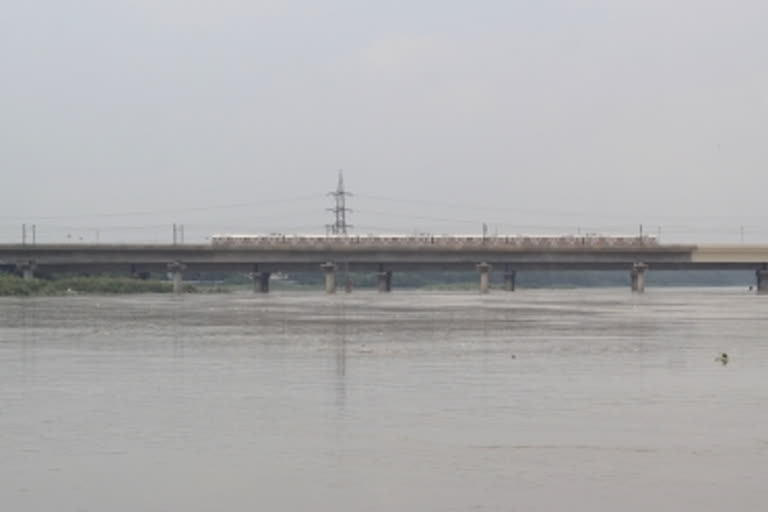New Delhi: Parts of Delhi is likely to face water crisis on Sunday due to an increase in the ammonia level in the Yamuna river impacting several treatment plants, said the Delhi Jal Board in a statement on Saturday. The high level of ammonia present in the water makes it difficult for aquatic organisms to sufficiently excrete the toxicant, leading to toxic build up in internal tissues and blood, and potentially death.
-
Press Note !!@htTweets @timesofindia @NBTDilli @TheDailyPioneer @ANI@PTI_News @JagranNewspaper @PunjabKesariCom @DDNewslive @ABPNews pic.twitter.com/Aq9gkfEyWz
— Delhi Jal Board (@DelhiJalBoard) November 6, 2021 " class="align-text-top noRightClick twitterSection" data="
">Press Note !!@htTweets @timesofindia @NBTDilli @TheDailyPioneer @ANI@PTI_News @JagranNewspaper @PunjabKesariCom @DDNewslive @ABPNews pic.twitter.com/Aq9gkfEyWz
— Delhi Jal Board (@DelhiJalBoard) November 6, 2021Press Note !!@htTweets @timesofindia @NBTDilli @TheDailyPioneer @ANI@PTI_News @JagranNewspaper @PunjabKesariCom @DDNewslive @ABPNews pic.twitter.com/Aq9gkfEyWz
— Delhi Jal Board (@DelhiJalBoard) November 6, 2021
Due to the alarming ammonia pollution in the Yamuna, the water supply will be affected in several parts of the national capital on Sunday. The spike in ammonia levels in Yamuna has largely hit water production at four main water treatment plants - Sonia Vihar, Wazirabad, Chandrawal and Okhla.
"Water supply will be affected in several areas of the national capital on Sunday morning and evening. Rise in ammonia pollution and high algae in Yamuna has triggered the crisis," the Delhi Jal Board (DJB) said in a statement.
Also read: Pollution can trigger third wave of Covid-19, warns AIIMS director
The water from the Wazirabad pond is drawn for treatment at Wazirabad, Okhla and Chandrawal treatment plants. The treated water is then supplied to central, south and west Delhi. Ammonia is an indicator of pollution in the river, and the level on Saturday was around 2.2 parts per million, according to a DJB official.



